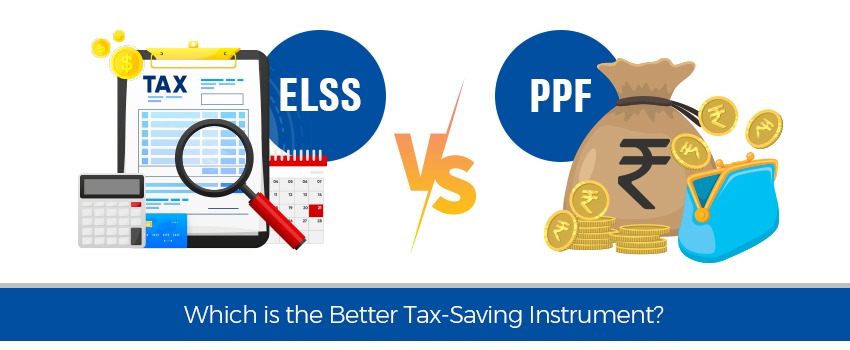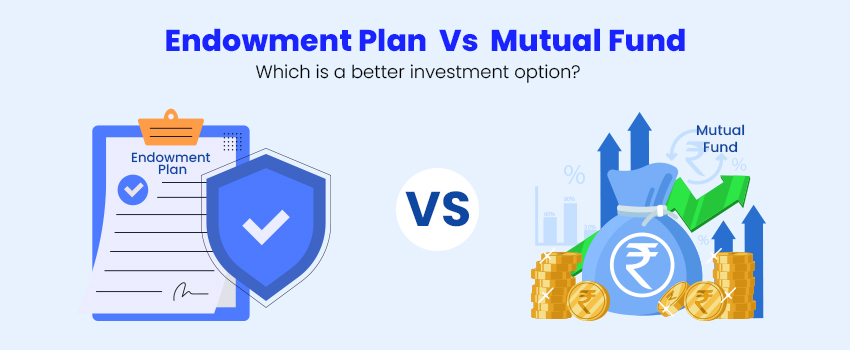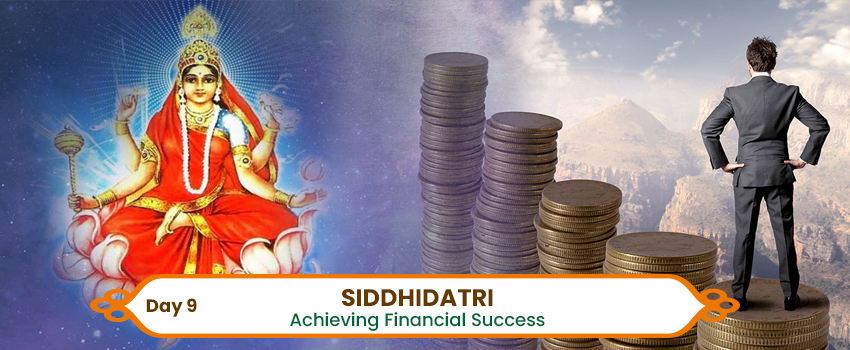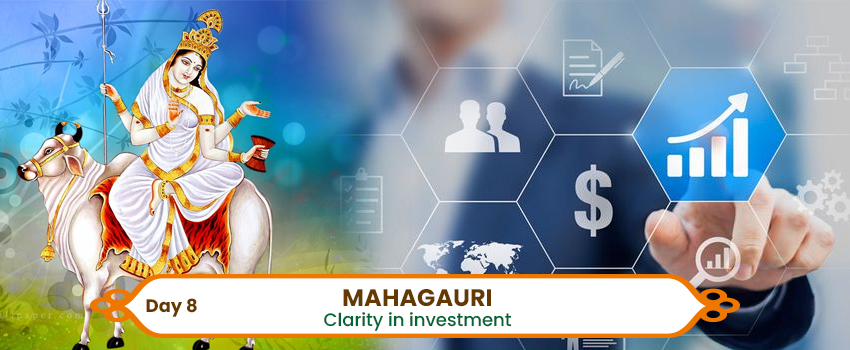Retirement marks the beginning of a new phase of an individual’s life. It’s a transition from a lifetime of work to a time when one can relax, spend time with the family and pursue other interests. However, retirement also marks a stark transition in one’s finances. Savings made over one’s working years has to provide for all the needs now, with many a time no regular stream of income.
In the previous blog, we discussed how a couple with kids, either minor or adult can benefit from tax planning. Now, we go a step ahead in explaining how a couple, post retirement, can benefit from tax planning.
Retirement does not necessarily mean the end of income and thus, identifying the sources of income on which one pays tax is important.
In this article, we have considered two scenarios:
• Retired govt. employee with monthly pension
• Retired private employee
Scenario 1:
Mr. Oswal retired in March 2013 as a senior manager from a public sector bank. He has 2 kids, both working and he, along with his wife, resides in his own house. He received a gratuity of 9 lakhs, which is not taxable, as only gratuity received in excess of Rs. 10 lakh is taxable. His monthly pension is Rs. 25,000, giving him an annual income of Rs. 4 lakh. He also receives Rs. 96,000 annually as rent from his property. Now, considering that for a retired person, capital protection and liquidity are the most important factors, suggested allocation in equity linked instruments would be ~5-15%, considering he doesn’t have any responsibilities to be met. For meeting medium term financial goals in next 10-15 years, 40-50% can be invested in PPF and 20-30% can be kept in FD for immediate financial goals expected in next 5 years.
Mr. Oswal has a stable monthly income. However, to further supplement his monthly income, he is suggested to allocate 10% of his gratuity amount in Post office Monthly income schemes (POMIS) which pays 8.50% per annum, payable monthly with minimum investment being Rs. 1500 and in multiples thereof. Maximum investment in the scheme is Rs. 4.50 lakhs and Rs. 9 lakhs for a single and joint account, respectively. After considering the benefits, he invested in POMIS is Rs. 90,000, which makes his total annual income of Rs. 5,86,000. This attracts a total tax liability of Rs. 24,308. It is a good option for Mr. Oswal, as post retirement, he is in 10% tax bracket.
Scenario 2:
Mr. Ahluwalia retired in 2013 as a General Manager from a private firm. All his family responsibilities are met and he has his own house. He receives Rs. 2,00,000 as rent from his other house. On his retirement, he got two options wherein he could either receive:
– A lump-sum commuted pension amount of Rs. 30 lakhs with no gratuity.
– A monthly pension of Rs. 15,000 for next 20 years with a gratuity of 9 lakhs.
Considering he was a non-government employee, half of his pension is exempt from tax, as gratuity was not received. Rest half of the pension will be taxed as per the income tax slab for FY 2013-14. Thus, if Mr. Ahluwalia opts for commuted pension amount, 15 lakhs would be exempted from tax, rest 15 lakhs will be taxed as per income tax rates, making him liable to pay tax of Rs. 3,14,150. This tax liability takes into consideration rental annual income too.
Considering his present situation, utmost focus is on capital protection and liquidity, suggested allocation would be 40-50% in PPF for goals expected to be completed in 10-15 years & 20-30% in FD for immediate financial goals expected in next 5 years.
Let’s consider the situation if he opts for monthly pension option. He would draw monthly income of Rs. 15,000, which takes his annual income to Rs. 180,000. Apart from this, he receives an annual rent of Rs. 200,000 from his property, and he has invested 1,34,000 (15% of Gratuity amount received) in POMIS which makes his total annual income of Rs. 3,80,000. This attracts a tax liability of Rs. 16,995. Coming to the gratuity amount of Rs. 9,00,000, allocation of approx. 20-30% in PPF and 40-50% in FD should be considered. To supplement his monthly income, he is suggested to consider allocating 15-25% in Post Office Monthly Income Schemes (POMIS), which pays an interest of 8.50% per annum. This is a good option for Mr. Ahluwalia to supplement his monthly income, as post retirement, he is in 10% tax bracket.
Considering, all his responsibilities are met, there is no imminent need for a lump-sum huge amount of money (available through option 1) which attracts so much of tax liability. Thus, 1st option doesn’t hold much appeal for him. Tax liability is way too less in the second option. Hence, considering the funds requirement and tax liability, Mr. Ahluwalia should opt for second option of monthly income.
The suggested allocations are only indicative and not strict guidelines. If you would like to know more about the investment options best suited for retirement savings, please go through the list of plans covered in tax deduction section 80C, 80D & 80E etc.
Post retirement is a time, where how much tax we save can be as important as how much income we generate from our investments. Thus, we should aim and try to strike a balance between tax saving, income generation & safety.
This is the concluding article in the tax planning series. Hopefully, our series would have aided you in planning your taxes in an informed and sensible manner.
If you liked what you read and would like to put it in to practice Register at MoneyWorks4me.com. You will get amazing FREE features that will enable you to invest in Stocks and Mutual Funds the right way.
Need help on Investing? And more….Puchho Befikar
Kyunki yeh paise ka mamala hai
Start Chat | Request a Callback | Call 020 6725 8333 | WhatsApp 8055769463









